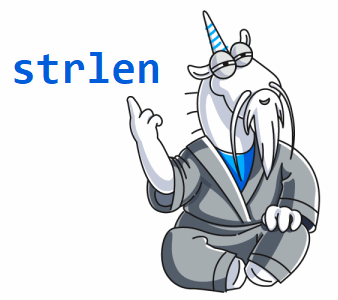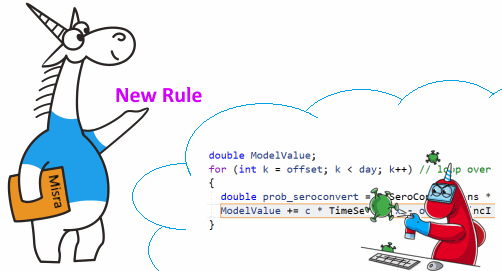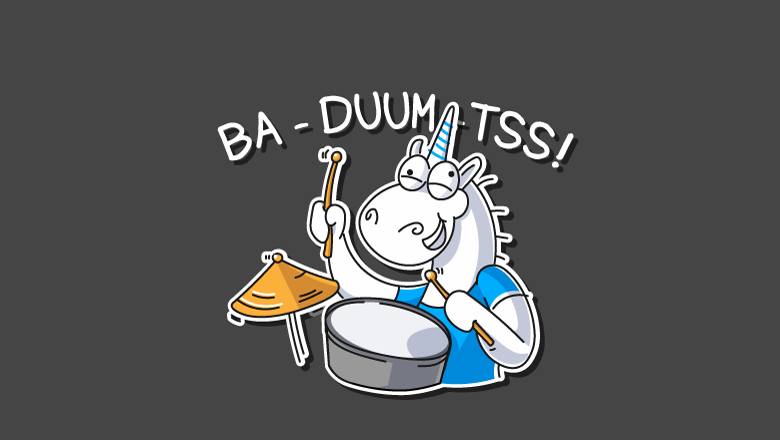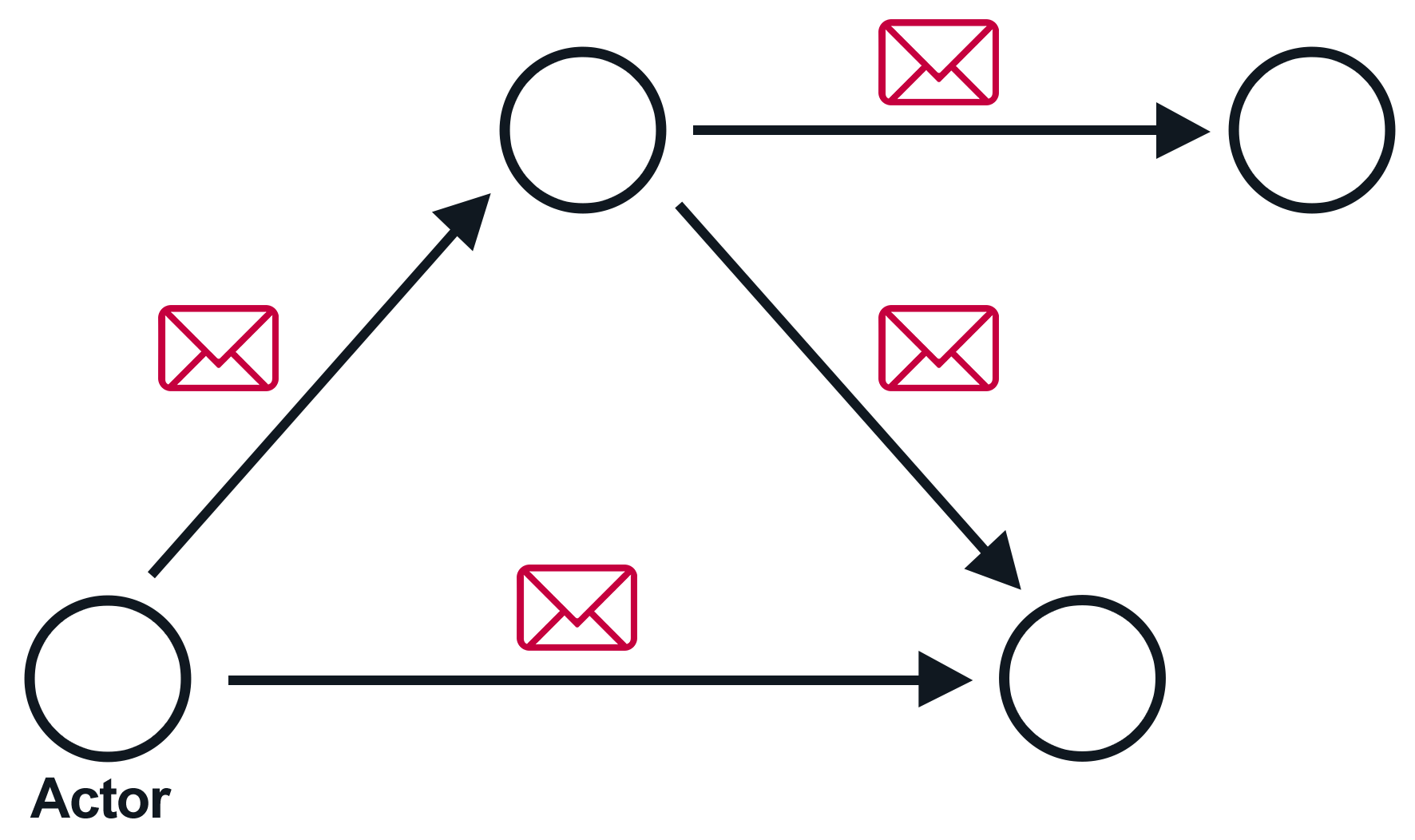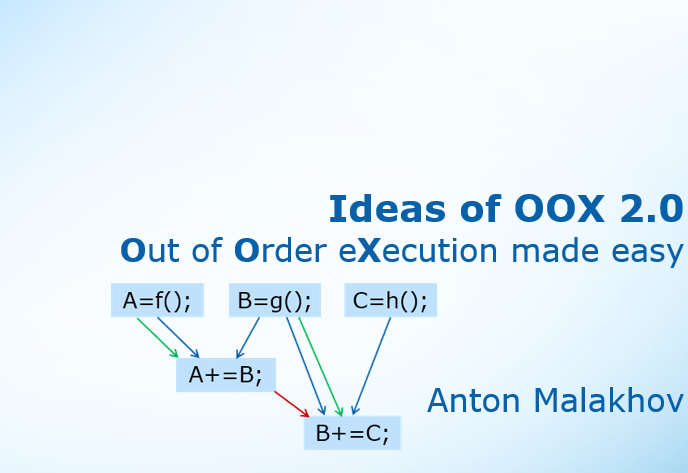Couple of weeks ago (or to be more precise, on July 2, 2021), the legendary BitTorrent protocol turned twenty years old. Created by Bram Cohen, the protocol has been developing rapidly since its inception, and has quickly become one of the most popular ways to exchange files. So why not check out a couple of long-lived related projects with the PVS-Studio analyzer for Linux?








